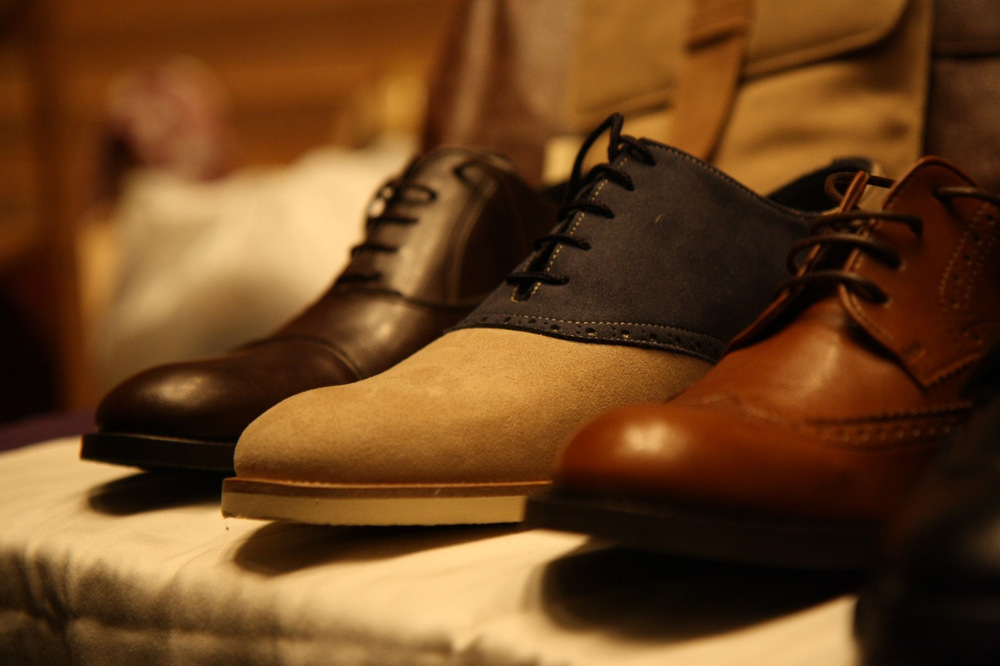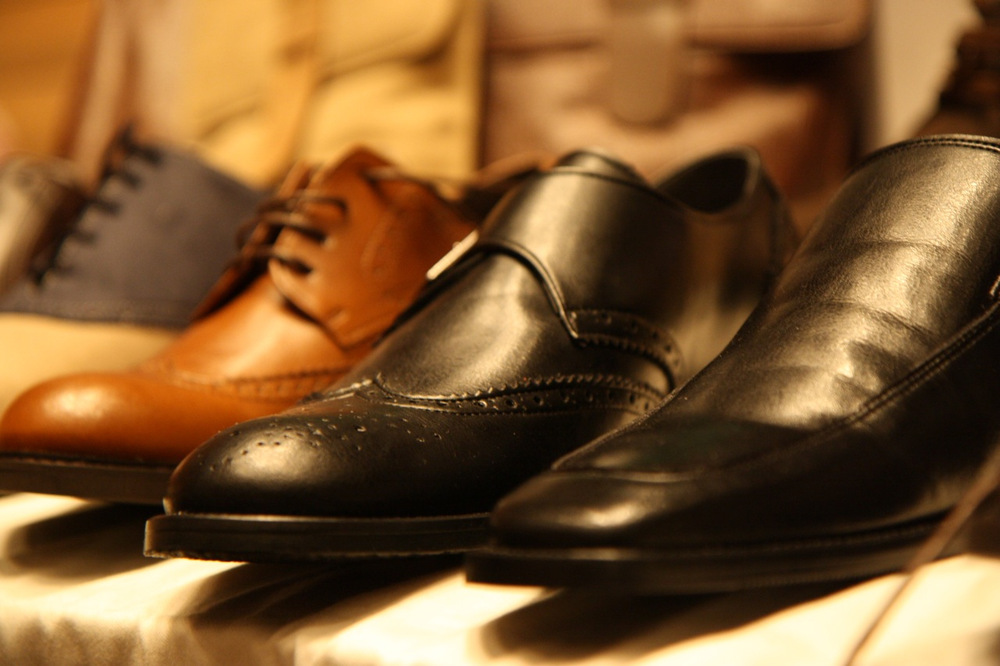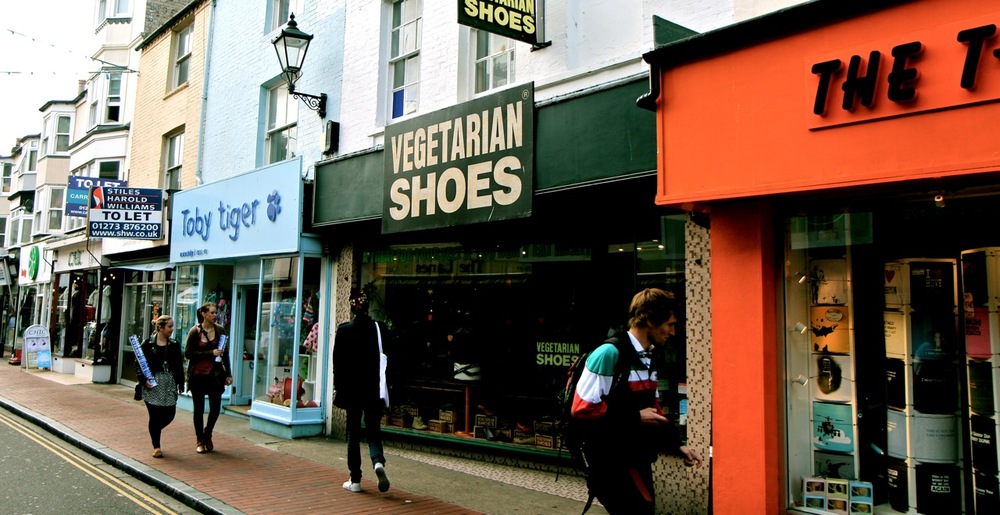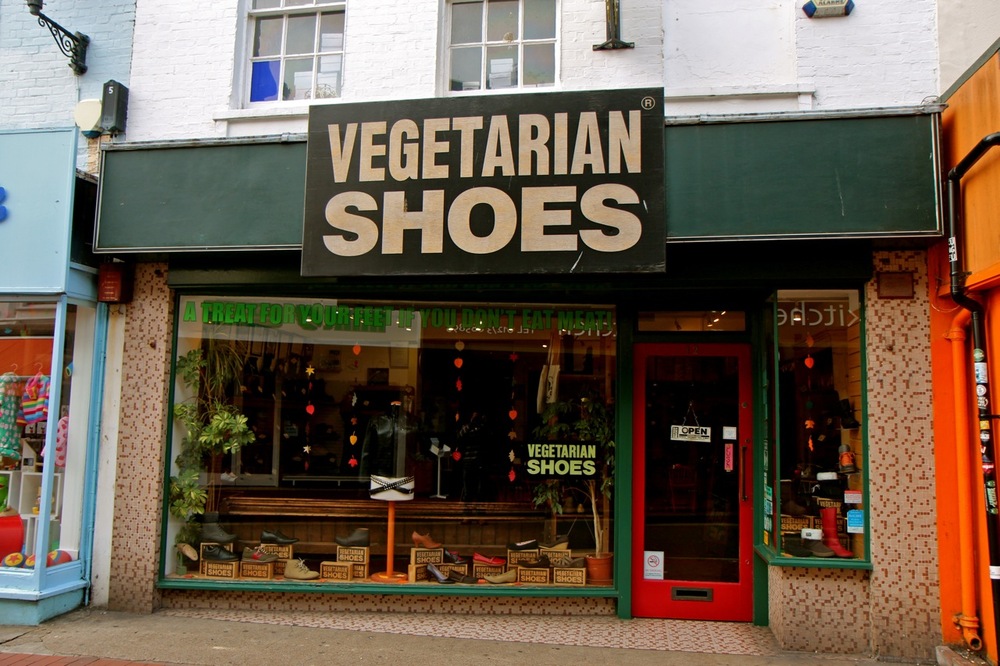Article by Sagar Kirit Shah.
In a world dominated by greed and materialism, the Jain community are leaders when it comes to demonstrating how to live a peaceful, low himsa lifestyle. For thousands of years, Jains have followed a strict vegetarian diet and lived in harmony with nature. And Jain monks and nuns illustrate how it is possible to live an empowering and fulfilling life without material possessions.
Jains in the West continue to try to live by traditional principles. We try to lead modest lifestyles and participate in charitable activities when we can. We steer clear of activities and professions that involve violence or exploitation of other humans and animals. Despite being confronted with a variety of temptations, large numbers of us have continued to follow a strict vegetarian diet.
While I’m tremendously proud of the example set by members of our community, I’ve always found it very difficult to understand why Jains, Hindus and other vegetarians seem to find it acceptable to wear leather. As a young child, I often used to ask my mum why it was wrong to kill cows to eat them, yet acceptable to kill them for clothing. My mum would explain to me that leather was taken from cows that were already dead. I accepted her response, but always found the prospect of buying leather shoes deeply uncomfortable. I remember wishing that it would be possible to obtain shoes made from synthetic materials so I wouldn’t need to wear the skin of a dead animal on my feet. But I never found any. And I never came across anyone who seemed to care. After a while, I gave up, and just tried not to think about it…
As I got older and learned to how to use the internet, I started to do research on where leather comes from. I discovered that my mum was both right and wrong. From a historical perspective, my mum was right. But she was completely wrong about the leather products that I grew up wearing and about the leather products that can be found in shops in the West today.
While many Jains in India actually abstained from wearing leather, my mum was correct that many others found it acceptable to wear leather from cows that were already dead. Historically, Jain households would have had their own cows, treated them as members of the family and looked after them until death. While I’m not sure if I could ever feel comfortable wearing the skin of a being I consider to have been a member of my family, I see how using such leather could be viewed as acceptable for adherents of Jain principles. But just because wearing leather may have been acceptable then, it doesn’t mean it should be considered acceptable today.
It is an unfortunate reality that none of the leather that we buy in shops today will come from cows that have died from natural causes. Almost all of the cows will have lived a life full of suffering and exploitation. And while we may try to fool ourselves into thinking that the cows are killed purely for the meat industry and that leather is a harmless by-product – this argument falls to pieces if you subject it to some simple economic analysis.
A farmer does not rear cows to just produce meat. A farmer rears cows to make money. And every source of revenue is important. The International Council of Tanners estimates that the skins may be worth up to 15% of the value of the entire animal. By purchasing leather, members of the Jain community are effectively subsidising the meat industry. We are handing money to farmers who rear cows to kill them, and we are incentivising them to kill more. If everyone stopped buying leather, farmers would generate less money per cow, and this would reduce their incentives to rear and kill cows.
The killing of cows is not the only problem with leather. There are also environmental issues to consider too; processing leather is a polluting and resource intensive activity. Most leather is chrome tanned, which can result in chromium being pumped into the water table. Up to 8000 litres of water may be required to process the leather needed to produce just one pair of shoes.
But if members of the Jain community don’t wear leather, what will we wear? Fortunately, abstaining from wearing leather doesn’t mean that we will have to walk barefoot or go around wearing plastic flip-flops. In the UK and US, we are fortunate to have a number of companies which specialise in making shoes suitable for vegetarians and vegans. These include:
Bourgeois Boheme (www.bboheme.com) – BoBo make fashionable shoes and accessories (belts, gloves, wallets, handbags, etc) from high-quality alternatives to leather and have a retail show room in Notting Hill, London.
Vegetarian Shoes (www.vegetarianshoes.co.uk) – A vegetarian shoe shop in Brighton with over twenty years’ experience in making leather free shoes.
Free Rangers (www.freerangers.co.uk) – Handmade breathable shoes made to order.
Moo Shoes (www.mooshoes.com) – A vegan-owned vegetarian shoe shop in the Lower East Side of Manhattan, New York.
Despite Vegetarian Shoes operating in the UK since 1990, I only became aware of the existence of specialist vegetarian shoe shops in 2007 when I stumbled across Moo Shoes in New York. After discovering the range of high-quality alternatives to leather at Moo Shoes, I decided to stop purchasing leather. And I’m not alone. Members of the Jain community in the UK and US are slowly making the switch from leather to non-leather alternatives.
I believe that all of the businesses listed above are run in ways which are consistent with the timeless Jain principle of Ahimsa – and that we, the Jain community, should openly embrace what they are doing. We should, for example, proactively invite them to have stalls when we next organise a mela which has space for marketholders. The more of us that actively support these businesses, the easier it will be for everyone else to get hold of high-quality low himsa alternatives to leather, and the easier it will be for us all to live a life that is consistent with Jain values and principles.





